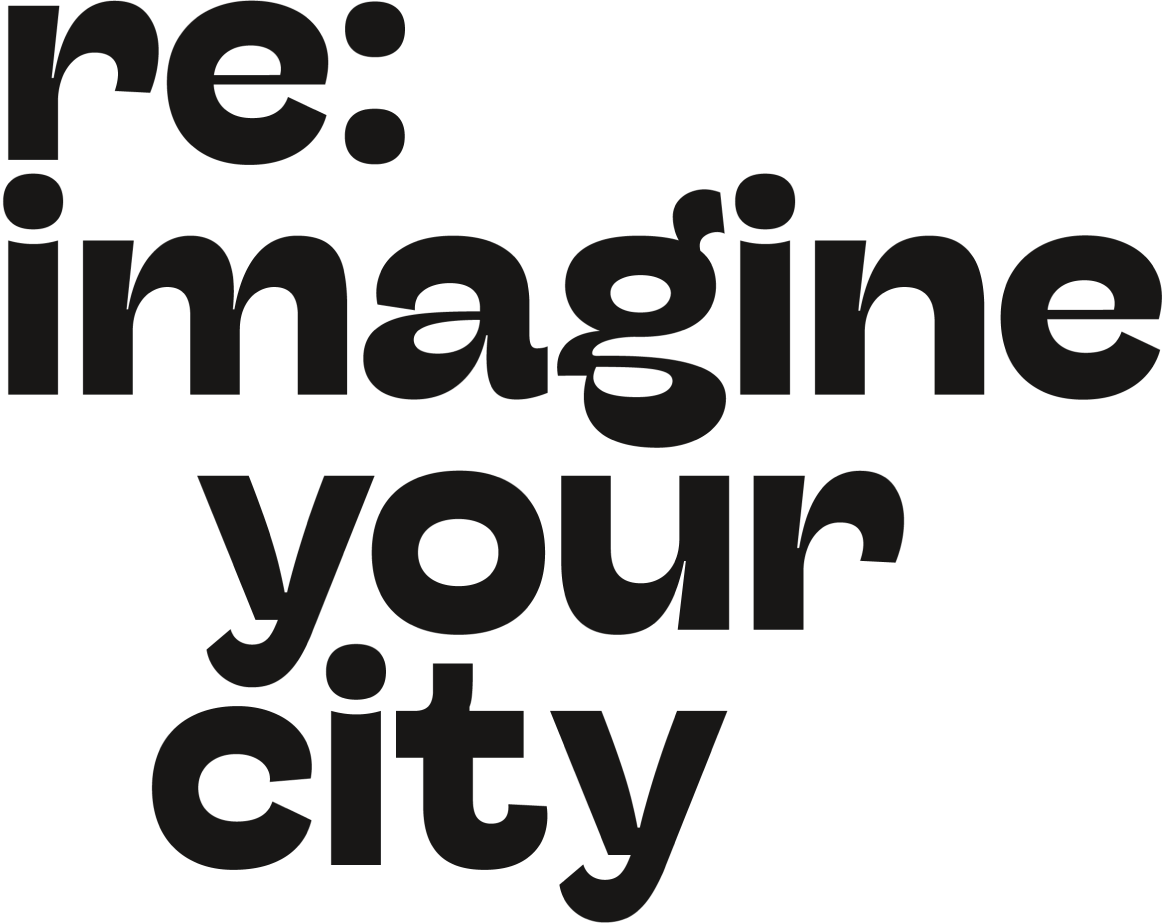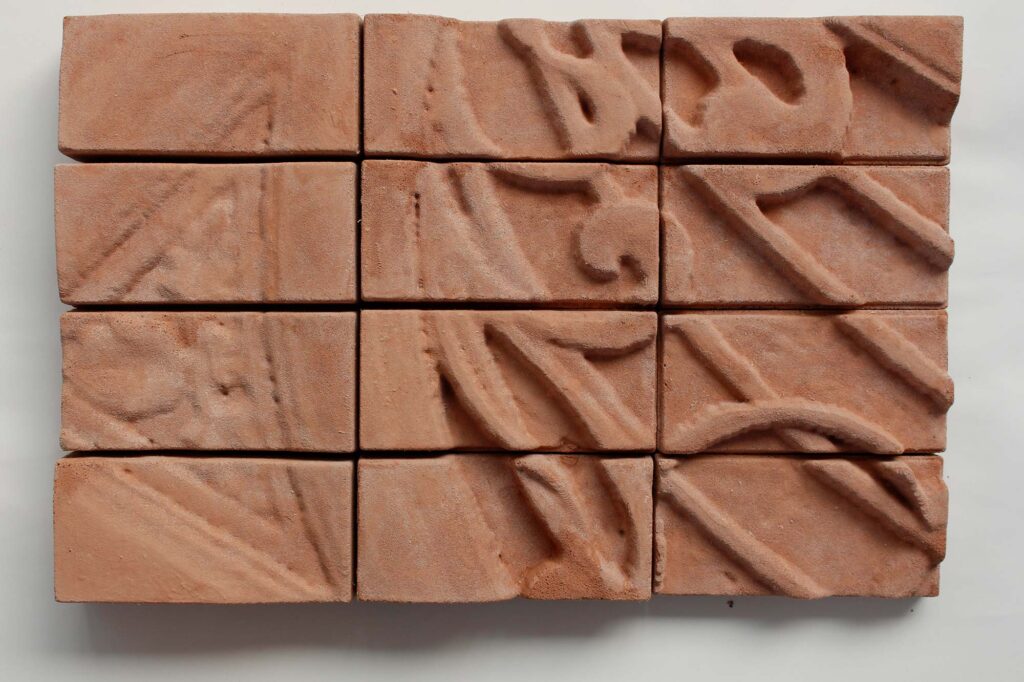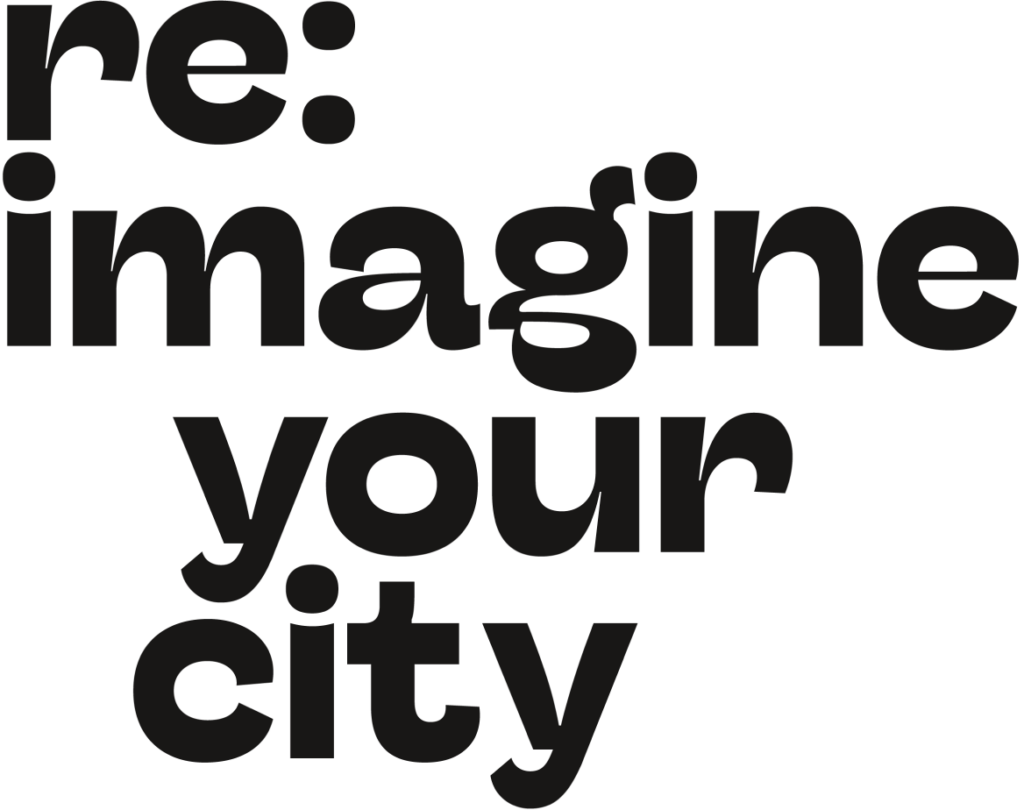The project serves as a documentation of reflections and explorations into the visual identity of the Dolne Miasto neighborhood in Gdansk and the remnants of its industrial past. It attempts to capture the ongoing transformation within the area. Wanting to preserve certain architectural moments, Julia created some kind of public archive with its traces.
In my project “Details of Dolne Miasto (Lower Town). Public Archive of Traces” I investigate the relationship between the past, present, and future of the architectural fabric of Gdansk’s Dolne Miasto (Lower Town). The resulting work is a record of the search for a characteristic visual code, giving a proof to the character of the district, which changes from year to year. Old factories or bourgeois tenements from dilapidated nineteenth-century buildings that survived bombing during World War II have been transformed into modern apartment buildings. The area is modernizing, being given thermal upgrades
and clothed in a modern costume. However, in the wake of this process, the old character of the neighborhood is slowly beginning to fade, and traces of authenticity are disappearing.
Thus, my project is a record of reflections and explorations of what the visual code of the Dolne Miasto actually is and what traces of its former glory are. It is an attempt to capture the transformation that the area is currently going through. Wanting to freeze some architectural moments, I created a kind of public archive of the traces of the district.
As a result of my mini-grant research so far, I was able to create an archive composed of photographed and scanned architectural details, as well as old demolition bricks I found near the buildings undergoing renovation. I then combined those two by imprinting the computer program- processed scans of the ornaments into the shapes of the bricks, which I then made. The final step in the grant is to install the finished modules and the demolition bricks on one of the Dolne Miasto’s buildings.
A project dealing with the theme of the identity of the place, the visual code of Dolne Miasto, or the fading traces of its history would be empty without inviting residents of the district. The need to emphasize the authenticity of the expression of my wall structure even more deeply and the desire to establish a sincere relationship with the residents made me decide to organize the Śladami Dolnego Miasta1 workshop. I invited Center for Contemporary Art Łaźnia, artist and educator Mikołaj Robert Jurkowski, and children attending a local school to join me. Ceramic clay, usually the raw material used to make bricks, during the workshop became a matrix, a sensitive material that accepts what the children applied to it. The core of the initiative was an accurate but analog reflection of what I was doing during my project work – imprinting the traces of Dolne Miasto. The idea behind the project was very simple: each child received a slice of clay in which he or she imprinted the neighborhood’s textures during a walk. The resulting blocks became an integral part of the rest of the wall structure.
The concept blurs the distinction between the future and present image of the district. The objects, assembled in an integral way with the elements of the facade, emphasize and bring out the traces of the past that already exist on the wall, and constitute a public archive of the architectural details of the district.
The premise combines the language of design with the art form and performative activities. It looks at architecture in a slightly different way – instead of creating new objects and searching for a new language, often foreign to the space, it operates with a quotation as the main formal means and gives resonance to what is slowly disappearing in cities. I reimagine my city, Gdańsk, as a space, where the past, present, and future visual language coexist.
- in Polish „ślady” translates to „traces” or „tracks”, and „śladami” can be interpreted as „in the footsteps” or „following the traces” therefore I indicate that I follow the traces of the district ↩︎


